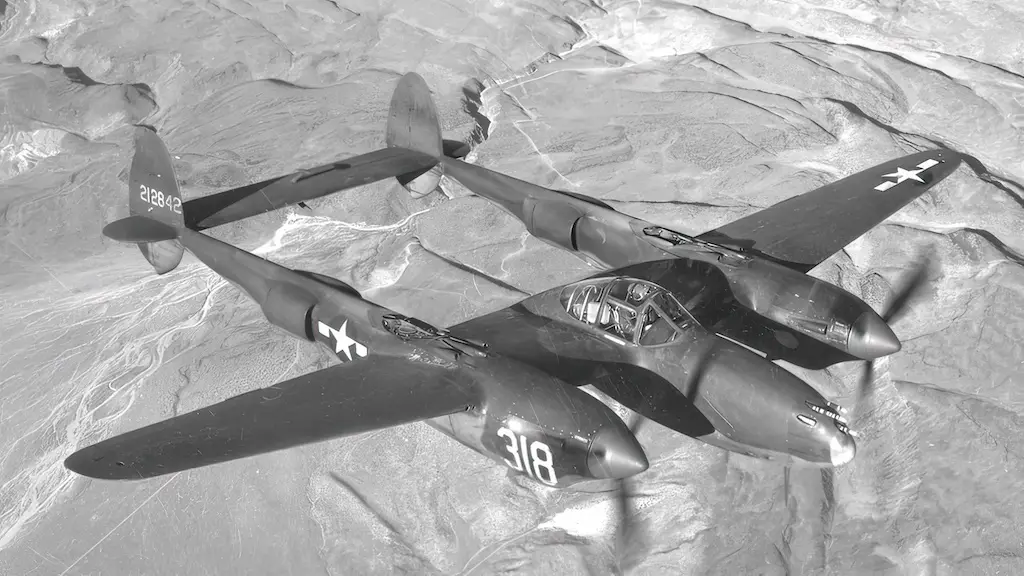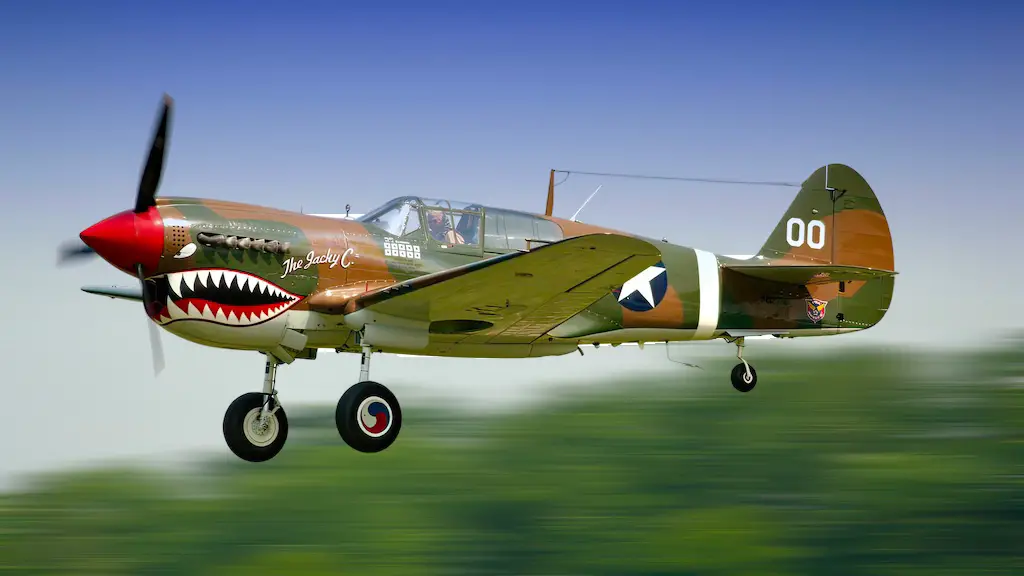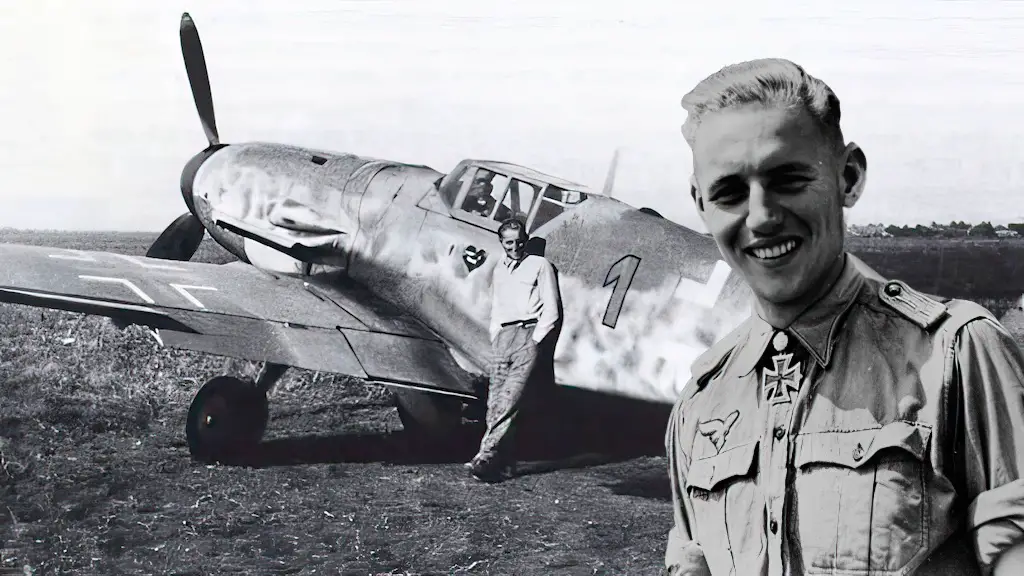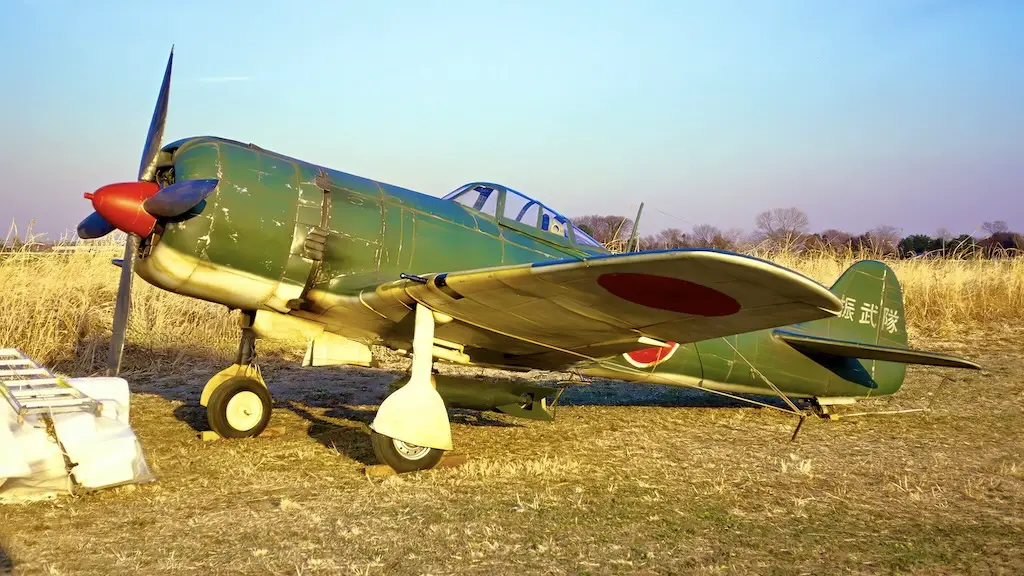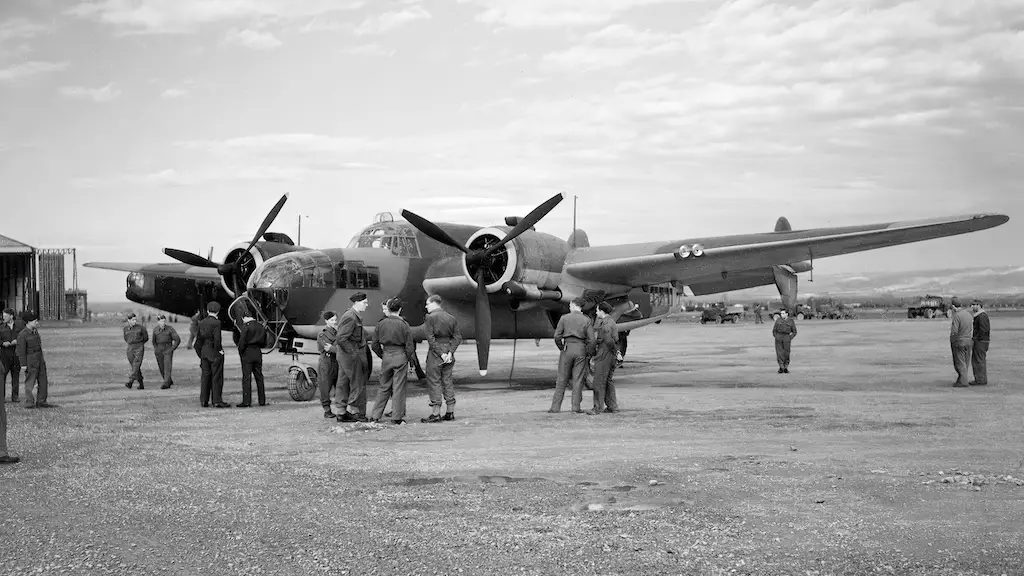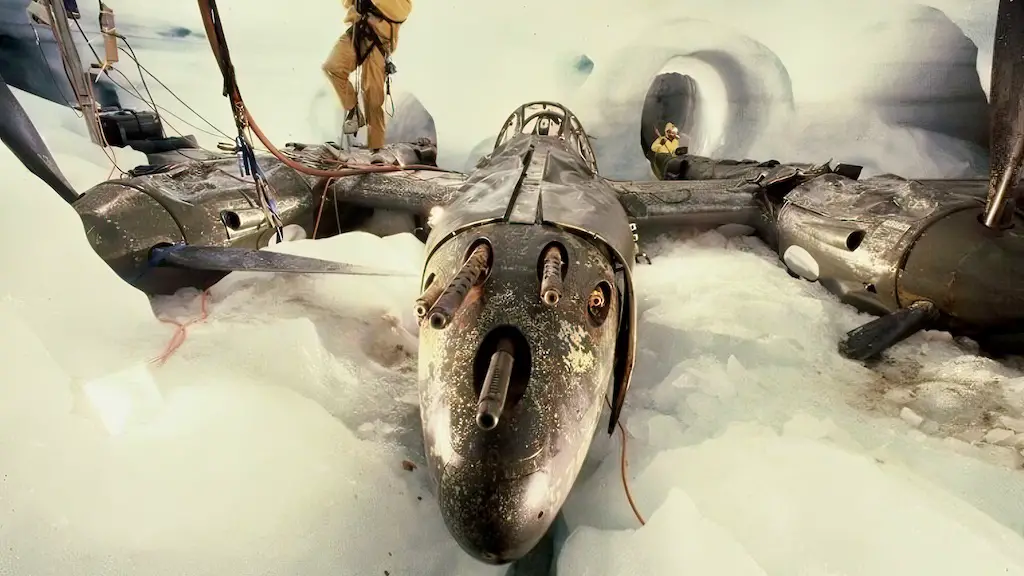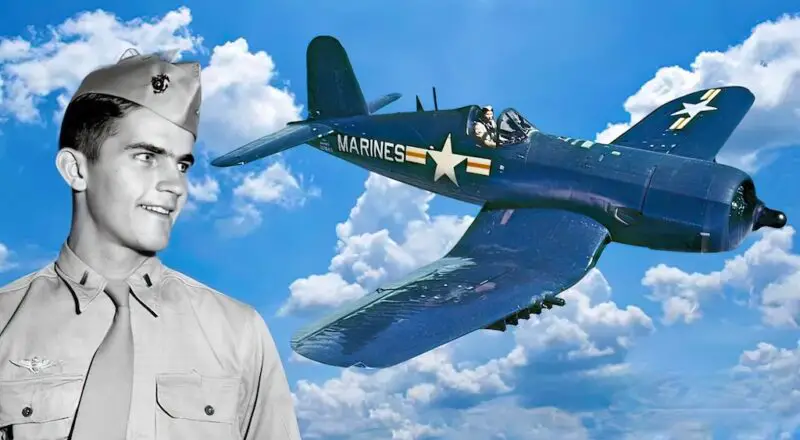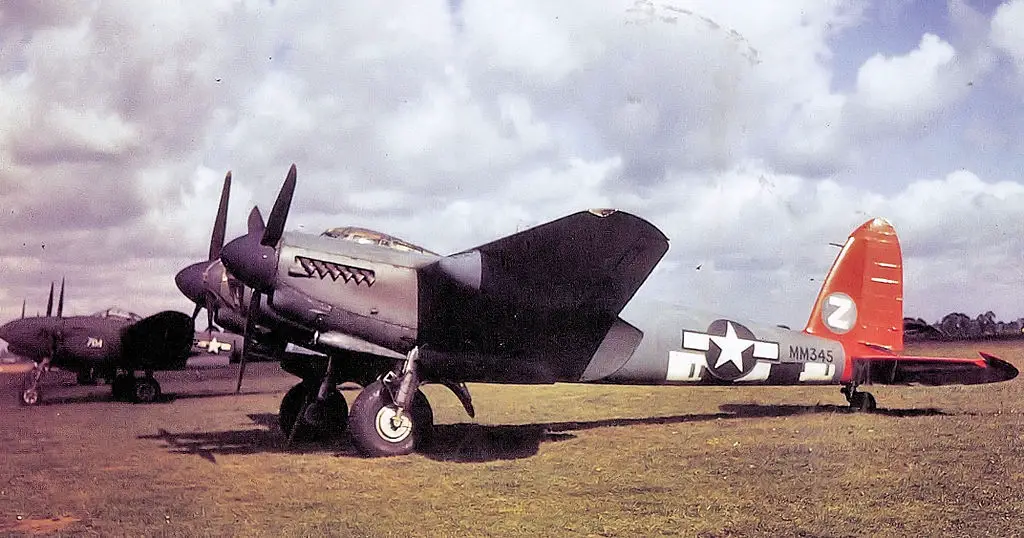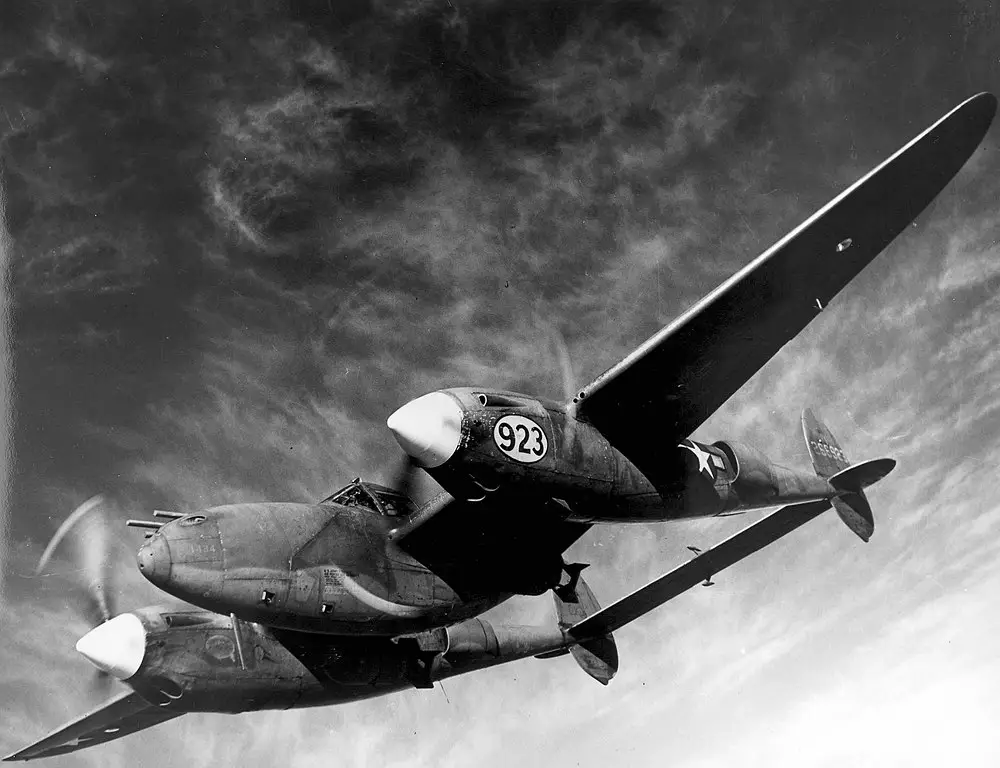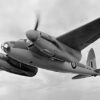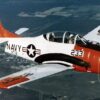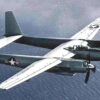The de Havilland Mosquito and the Lockheed P-38 Lightning were among the most produced twin-engine aircraft on the Allied side: over 10,000 Lightnings and some 7,780 Mosquitos. While the American design was initially developed as a fighter, and the British one as a bomber, both were very versatile platforms used for a broad range of tasks, including ground attack and reconnaissance missions. Even though the P-38 performed its maiden flight some year and a half earlier than the Mossie, it’s fair to call the two aircraft contemporaries. But did they really fill the same niche?

Checking out the specs: speed and range
Of course, both the Mosquito and the Lightning went through a long evolution during the war years (it’s fair to say that for the P-38 it was a bumpier road). But if we compare the best variants of the two aircraft, such as the P-38L and the Mosquito B Mk.XVI (it wasn’t the most produced variant, though), we’ll see that the two aircraft were almost equally fast. The Mosquito, powered by a pair of 1,710-hp Rolls-Royce Merlin engines had a top speed of 415 mph and a reputation of an uncatchable bomber for the greater part of the war. Still, the Lightning, powered by two 1,600-hp Allison V-1710 engines had a maximum speed of about the same 414 mph.
Meanwhile, the P-38 had an extremely impressive range of up to 2,600 miles with drop tanks. The Mosquito could fly pretty far, too. Still, its range was way shorter: about 1,500 miles, again, with the use of drop tanks. It’s worth noting that in the European theater even 1,500 miles was more than enough for most missions. In the Pacific, however, the P-38 had a serious advantage over the Mosquito. But, then again, Mosquito wasn’t used nearly as widely in that theater as the Lightning was.
Armament: guns, bombs, rockets, and cameras
Both aircraft were armed to their teeth. The Lightning carried four 0.5in machine guns and a 20mm cannon. All of them in the nose, providing the P-38 with very concentrated firepower. That said, the Mosquito’s weaponry was at least just as impressive: four .30 caliber machine guns and four 20 mm cannons.
The P-38 could carry up to 4,000 lb of bombs on underwing hardpoints. Another option was arming the aircraft with up to a dozen 112 mm M8 rockets. Although the Mosquito’s bomber variants would normally carry 2,000 lb of bombs internally, the aircraft was also capable of carrying 4,000-lb blockbusters, aka “cookie bombs.” Both the P-38 and the Mosquito were very effective as fighter-bombers and often flew missions as bomber-pathfinders, guiding other bombers to a target. The Mosquito’s area of application as a bomber was slightly wider, though, and included both daytime and nighttime missions, as well as high and low altitude bombing.
The Lightning saw very extensive use in photo reconnaissance missions. In fact, one of the first P-38 variants introduced into active service was one equipped with four cameras instead of guns. Likewise, the Mosquito’s first operational missions were reconnaissance flights.
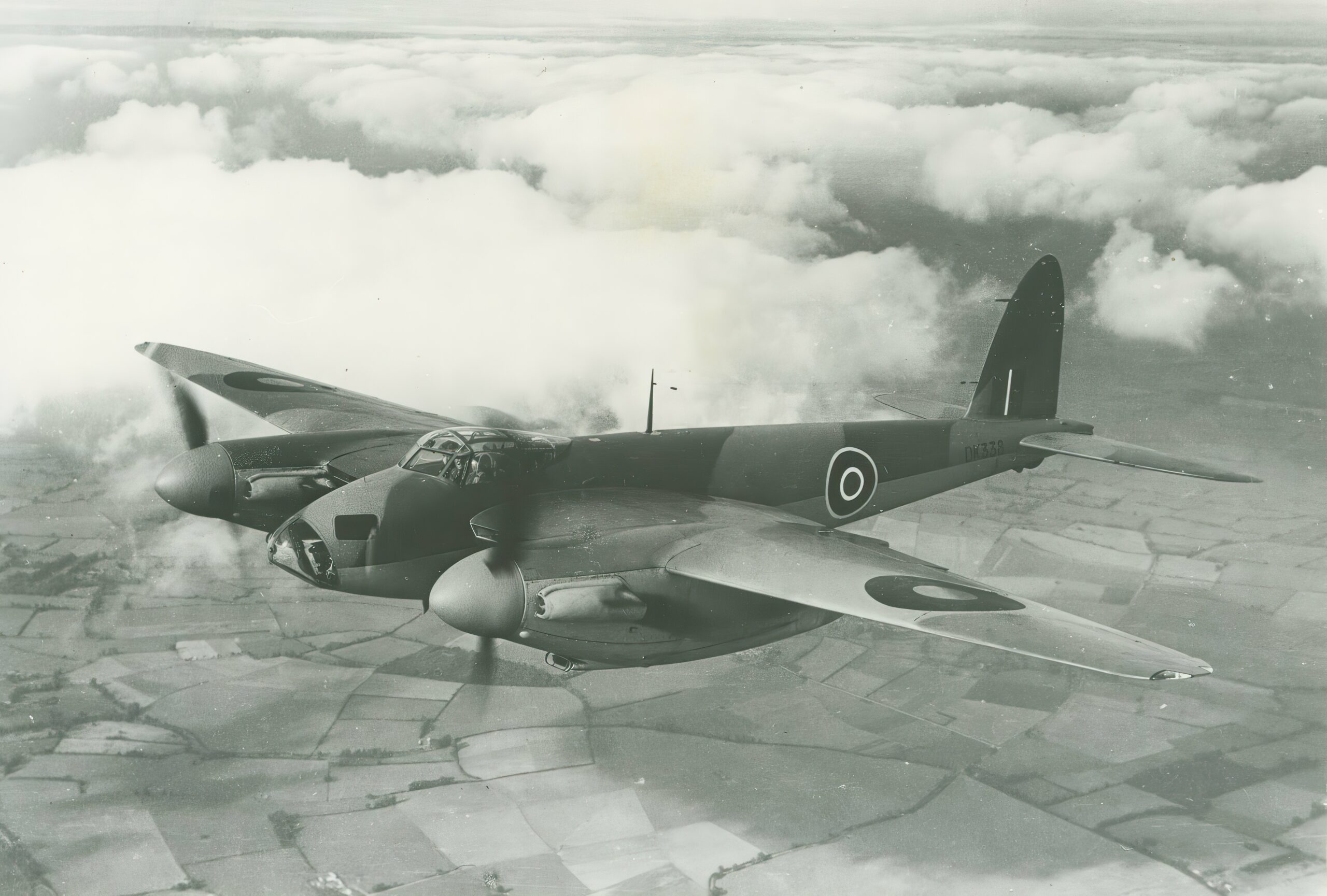
Day and night fighter roles
The Mosquito was far from excellent as a day fighter. That wasn’t really its role. If engaged by a single-engine Axis fighter, it had little chance of winning the duel. However, the Mosquito also had a decent chance of surviving the encounter due its high speed and evasive maneuvering capability. The P-38 outperformed the Mosquito in several aspects important for a successful day fighter, such as acceleration, climb, and roll rates. And it was, indeed, widely used as a daylight fighter, claiming more downed Japanese aircraft than any other USAAF fighter. The single-engine Lightning was not just capable of destroying bombers but could also challenge and out-turn some single-engine fighters.
As for the night fighter role, the Mosquito was one of the best aircraft ever used in that capacity. It’s not that the P-38 was necessarily bad as a night fighter, but it certainly saw much less use in that role. Just 75 Lightnings were converted to the P-38M night fighter variant.
Not so similar
Despite the fact that both aircraft were very versatile twin-engine combat planes, they weren’t really as similar as it may seem at a first glance. Some of their applications—such as reconnaissance and ground attack missions—overlapped, but many other didn’t. It’s also fair to say that there were specific environments in which each of the two aircraft thrived. Although the Lightning saw use in pretty much all theaters of the war, it achieved the best results in the Pacific, while the Mossie was especially successful in Europe.

